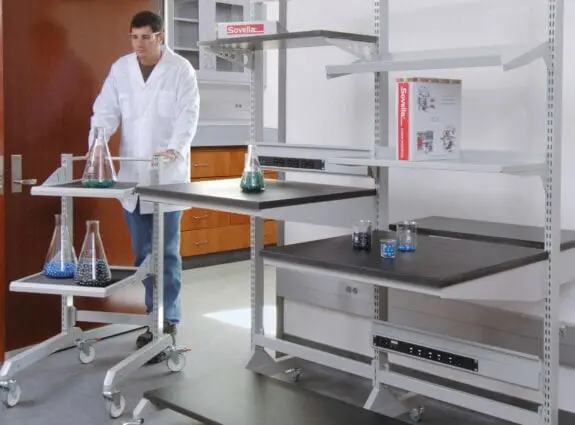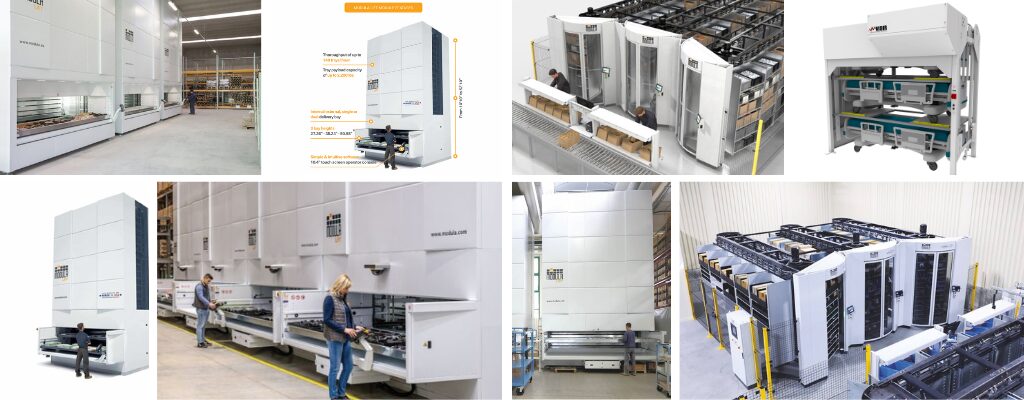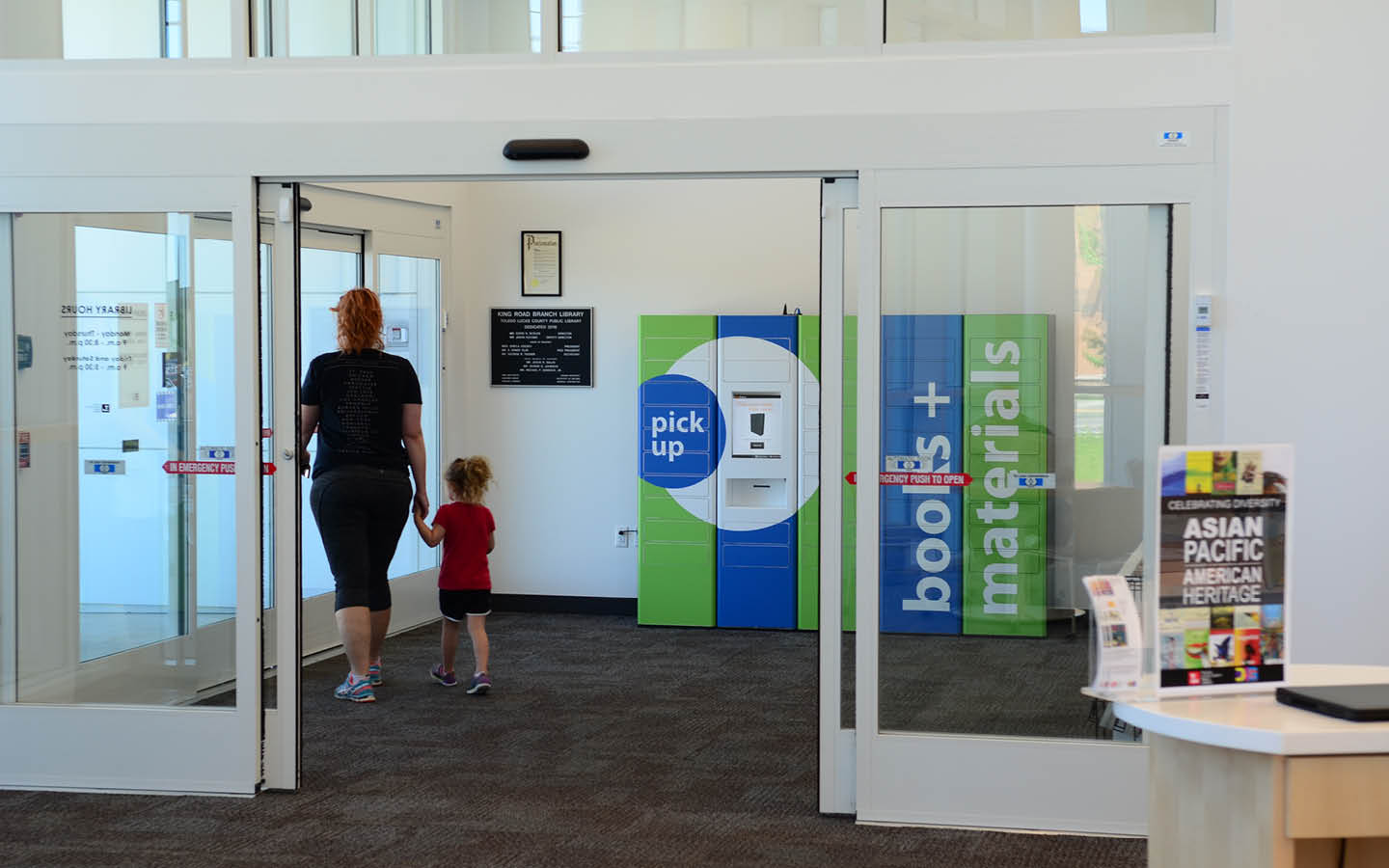
In today’s fast-paced industrial landscape, workplace safety is paramount. Innovations in ergonomic trolley design play a crucial role in enhancing worker safety and productivity. Understanding the evolution and technology driving these trolleys is essential to grasp their significance. From traditional manual materials handling to the integration of IoT and AGVs, trolleys have evolved into complex systems ensuring a safe workplace environment. Ergonomics, with a focus on reducing push forces and addressing posture issues, is at the core of these innovative designs. By incorporating NLP principles in trolley development, industry experts are revolutionizing the concept of safe manual materials handling.
The Evolution of Ergonomic Trolleys in Industry
In the dynamic landscape of industry, the evolution of ergonomic trolleys has been a pivotal advancement in promoting workplace safety. Transitioning from traditional designs to modern innovations, trolleys have undergone a significant transformation to address manual material handling challenges. By integrating principles of ergonomics into their design, trolleys now prioritize factors like posture, push forces, and modularity to enhance worker comfort and productivity. This evolution has also introduced features such as swivel casters for improved maneuverability and durability, catering to the diverse needs of different industries. The journey of ergonomic trolleys showcases a continuous commitment to reducing risk factors and creating a safer, more efficient work environment.
From Traditional to Modern: A Brief History
The evolution of ergonomic trolleys is a fascinating journey from simple designs to cutting-edge innovations. Traditional trolleys were basic, often lacking the ergonomic considerations we prioritize today. These early models required manual effort, leading to increased risk factors for workplace injuries. Over time, advancements in ergonomics revolutionized trolley design. Innovations such as swivel casters improved maneuverability, reducing push forces and enhancing worker safety. The shift towards ergonomic principles emphasized the importance of posture and minimized the strain on workers. Today, modern ergonomic trolleys are equipped with features like modularity, durability, and smart technologies, reflecting a significant progression in promoting a safe workplace environment.
Key Milestones in Ergonomic Improvements
The evolution of ergonomic trolleys has seen remarkable strides in enhancing workplace safety. Key milestones include the incorporation of swivel casters for easier maneuverability, reducing push forces and minimizing risk factors for workers. The integration of durable materials and modular designs has revolutionized trolley ergonomics, ensuring a safe workplace environment. Early studies by Doug Backinger highlighted the importance of posture and manual materials handling (MMH), leading to significant advancements in ergonomics. These developments reflect a shift towards complex systems that prioritize employee well-being, a core principle advocated by organizations like NIOSH. As trolleys continue to evolve, these milestones mark crucial advancements towards creating safer and more efficient work environments.
Understanding Ergonomics in Trolley Design
Ergonomics plays a crucial role in optimizing trolley design for maximum efficiency and safety. By integrating ergonomic principles, trolleys are tailored to reduce the risk factors associated with manual materials handling (MMH) tasks. The science of ergonomics focuses on enhancing worker comfort and minimizing push forces that can lead to injuries. Factors such as posture, durability, and modularity are meticulously considered to create ergonomic trolleys that promote a safe workplace environment. Understanding how ergonomics influence trolley shape, size, and functionality is key to developing solutions that address the complex systems involved in material handling operations. Integrating ergonomic design in trolleys not only increases productivity but also contributes to a healthier work environment.
The Science of Ergonomics: Principles and Applications
Ergonomics, deriving from the Greek words “ergon” (work) and “nomos” (laws), focuses on designing systems to fit human capabilities. By applying cognitive ergonomics, we optimize tasks for human cognition, enhancing user experience and safety. The concept of biomechanics addresses physical ergonomics, analyzing body movements and postures to reduce strain. Understanding anthropometry aids in tailoring trolleys to diverse body sizes and shapes, ensuring comfort and efficiency. By integrating these principles, ergonomic trolleys mitigate workplace injuries and enhance productivity. The utilization of modular design and advanced materials further contributes to durability and adaptability in complex work environments, fostering a culture of safety and efficiency.
How Ergonomics Influence Trolley Shape, Size, and Functionality
Ergonomics deeply impact trolley design, shaping their form, dimensions, and features. Considerations like posture, push forces, and risk factors play pivotal roles in determining the optimal shape and size of ergonomic trolleys. By analyzing manual materials handling (MMH) tasks, ergonomics helps enhance trolley functionality for a safe workplace environment. Factors such as modularity, durability, and the integration of swivel casters are carefully evaluated to ensure the trolleys meet ergonomic standards. NIOSH guidelines and ergonomic principles guide the development of trolleys to reduce workplace injuries and improve overall efficiency. Innovation in ergonomics continues to revolutionize trolley design, focusing on creating safer and more efficient solutions.
Innovations in Trolley Material and Build
Innovative designs in ergonomic trolleys have pushed the boundaries of workplace safety. One crucial aspect of this advancement lies in the materials and construction of these essential tools. By leveraging durable yet lightweight materials, manufacturers enhance the trolleys’ modularity and durability. Incorporating ergonomic principles into the modular design, such as utilizing swivel casters to reduce push forces, further contributes to a safe workplace environment. This evolution represents a significant leap in ensuring worker well-being and optimizing manual material handling processes.
Advancements in Lightweight Materials
In recent years, the industry has witnessed significant advancements in lightweight materials for ergonomic trolleys. These innovative materials offer a perfect blend of durability and maneuverability, catering to the evolving needs of modern workplaces. The integration of lightweight components like advanced composites and high-strength alloys has revolutionized trolley design, enhancing both functionality and safety. By reducing overall weight without compromising strength, these materials contribute significantly to enhancing worker safety and efficiency in manual material handling tasks.
Durability Meets Ergonomics: Design Considerations
To create ergonomic trolleys that prioritize durability while enhancing worker safety, design considerations are crucial. The integration of robust materials and components ensures longevity in demanding industrial settings. Ergonomic features should complement durability, promoting proper posture and minimizing physical strain. By incorporating modular designs and NIOSH-recommended ergonomics principles, trolleys can effectively reduce MMH-related injuries. Ensuring the synergy of durability and ergonomics in trolley design is essential for creating a safe workplace environment that minimizes risk factors.
Safety Features of Modern Ergonomic Trolleys
Upgrades in trolley material and construction have revolutionized workplace safety. Manufacturers have shifted from conventional steel to durable yet lightweight alloys, enhancing ergonomics. Incorporating modular designs allows for customization, adapting to diverse work environments effortlessly. The utilization of swivel casters enhances maneuverability, reducing push forces and lowering the risk of ergonomic strains. Companies focus on developing trolleys that prioritize worker well-being through NIOSH-endorsed designs. By integrating smart technologies into trolley systems, operations become more efficient and safer, emphasizing the industry’s commitment to innovative solutions that prioritize both workplace safety and productivity.
Braking Systems and Maneuverability Enhancements
With a focus on enhancing workplace safety, the evolution of ergonomic trolleys has seen remarkable advancements in utilizing lightweight materials. These innovative designs aim to reduce manual materials handling (MMH) risks by incorporating durable yet lightweight components like advanced composites or aluminum alloys. By leveraging the principles of ergonomics, these modern trolleys prioritize modularity and durability while minimizing push forces on workers. The use of lightweight materials not only improves maneuverability but also contributes to a safer workplace environment, addressing key risk factors associated with traditional trolley designs. This progression underscores the industry’s commitment to optimizing ergonomic solutions through the integration of advanced materials and design practices.
Safety Locks and User-friendly Controls
In the realm of ergonomic trolley design, the fusion of durability and ergonomic principles is paramount. Ensuring the longevity of these trolleys while prioritizing the safety and comfort of workers is a delicate balance to strike. The durability of materials used, such as high-strength alloys or reinforced plastics, plays a crucial role in withstanding the rigors of the workplace environment. Pairing this durability with ergonomics, which focuses on optimizing human performance and reducing strain, results in trolleys that not only last but also enhance worker well-being. By integrating modular components for easy adaptability and swivel casters to minimize push forces, designers can create ergonomic trolleys that excel in both safety and functionality.
The Role of Technology in Trolley Ergonomics
Incorporating advanced technologies like IoT and AGVs, modern ergonomic trolleys prioritize workplace safety by minimizing manual handling risks. These trolleys are equipped with swivel casters for enhanced maneuverability, reducing push forces and ergonomic strain on workers. The incorporation of durable materials ensures the longevity and reliability of these trolleys, contributing to a safe workplace environment. By integrating module-based designs, these trolleys offer modularity and flexibility to adapt to varying tasks and environments swiftly. The ergonomic features of these trolleys are in line with NIOSH recommendations, optimizing posture and reducing injury risk factors significantly.
Smart Trolleys: Integration of IoT for Enhanced Safety
Innovative braking systems and maneuverability enhancements play a crucial role in ensuring workplace safety when it comes to ergonomic trolleys. By incorporating advanced braking mechanisms and improved maneuverability features such as swivel casters, trolley designs aim to minimize manual materials handling risks. The integration of these complex systems not only enhances the overall safety of workers but also increases the efficiency of material movement within the workplace. These enhancements are designed to reduce push forces required, thus optimizing posture and reducing the risk of injuries. Leveraging NLP principles in the development of these ergonomic trolleys is essential for creating a safe workplace environment with a focus on durability and modularity.
Automated Guided Vehicles (AGVs) and Their Impact
Innovative ergonomic trolleys leverage safety locks and user-friendly controls to enhance workplace safety. These features go beyond traditional manual materials handling by incorporating complex systems and swivel casters for a safe workplace environment. Safety locks add an extra layer of protection against workplace injuries, ensuring durability and modularity in trolley design. User-friendly controls streamline operations, promoting proper posture and reducing manual material handling risks. By integrating these safety mechanisms, trolleys can effectively mitigate ergonomic concerns and enhance overall worker safety.
Reducing Workplace Injuries with Ergonomic Trolleys
Technology plays a pivotal role in enhancing ergonomic trolleys for improved workplace safety. Smart trolleys, integrated with IoT capabilities, provide real-time monitoring of manual materials handling (MMH) tasks. The use of Automated Guided Vehicles (AGVs) reduces the strain on workers by automating material transport within complex systems efficiently. By leveraging swivel casters with advanced navigation systems, these trolleys ensure a safe workplace environment while minimizing push forces exerted by employees. Doug Backinger and NIOSH emphasize the significance of employing technological advancements to mitigate risk factors associated with manual handling tasks. These innovations in trolley design not only prioritize durability and modularity but also strive to enhance ergonomic functionality through the utilization of cutting-edge technologies.
Statistics: Before and After Ergonomic Interventions
In today’s industrial landscape, smart trolleys are revolutionizing workplace safety through the seamless integration of IoT technology. These innovative trolleys leverage the power of IoT to enhance employee well-being and mitigate risk factors. By incorporating sensors and connectivity features, smart trolleys can provide real-time data on usage patterns, load capacities, and potential hazards, ensuring a safe workplace environment. Through IoT integration, these trolleys can preemptively alert workers to potential dangers and optimize workflow efficiency. This cutting-edge technology not only improves ergonomic design but also contributes to the overall durability and modularity of trolleys, aligning with the principles of NLP.
Employee Testimonials: A Personal Perspective
Automated Guided Vehicles (AGVs) revolutionize material handling by autonomously transporting goods in industrial settings. These vehicles navigate through intricate environments using sensors, lasers, or magnets, enhancing workflow efficiency. AGVs reduce manual labor and mitigate injury risks associated with heavy material handling tasks. By integrating AGVs into operations, companies benefit from increased productivity and reduced workplace accidents. The adaptability of AGVs in various industries underscores their versatility and contribution to safe workplace practices. Their impact extends beyond efficiency to promoting ergonomic excellence and ensuring the well-being of workers through optimized material transport processes. AGVs exemplify the convergence of innovation and safety in modern industrial settings.
Conclusion
Statistics reveal a significant decrease in workplace injuries post the adoption of ergonomic trolleys. Employees using these innovative designs experience lower risk factors and reduced push forces, leading to a safer workplace environment. Manual materials handling (MMH) tasks are now more manageable due to the ergonomic principles embedded in these trolleys. The durability and modularity of these systems further contribute to employee safety by promoting proper posture and minimizing strain during material transport. Worker testimonies underscore the value of ergonomic trolleys in reducing musculoskeletal injuries, emphasizing the positive impact of ergonomic interventions on overall workplace safety.




